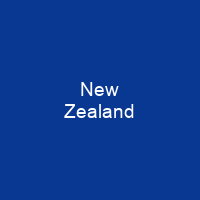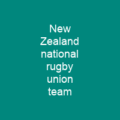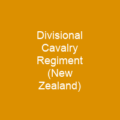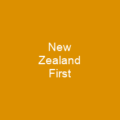New Zealand: A Land of Diversity and Rich Culture
Imagine a place where history intertwines with modernity, where natural beauty meets cultural richness—welcome to New Zealand! This island nation in the Pacific Ocean is not just a geographical entity but a tapestry woven from diverse threads. From its varied topography to its multicultural society, every aspect of New Zealand tells a story that is both fascinating and enlightening.
Geographical Marvels
New Zealand comprises two main islands (North Island and South Island) and over 700 smaller ones. The country’s geography is as diverse as it is breathtaking—think long, narrow shape with extensive marine resources, a coastline of about 15,000 km, and a land area of 268,000 square kilometres. The South Island is divided by the Southern Alps, while the North Island is marked by volcanism. New Zealand’s dynamic topography results from its location on the boundary between the Pacific and Indo-Australian Plates, making it prone to earthquakes.
Climate and Biodiversity
The climate in New Zealand is predominantly temperate maritime, with mean annual temperatures ranging from 10 °C in the south to 16 °C in the north. The country’s geographic isolation has influenced its unique species evolution, with about 82% of its indigenous vascular plants being endemic. Before human arrival, an estimated 80% of the land was covered in forest, but massive deforestation occurred after settlement, leaving only 23% of the land under forest cover in 1997.
Unique Species and Endemics
New Zealand is home to unique animals such as the tuatara and has a high number of penguin species. The forests were dominated by birds, and many species evolved flightlessness due to the lack of mammalian predators. Human arrival led to changes in habitat, extinction of many bird species, and introduction of non-native mammals.
Political Structure and Governance
New Zealand is a constitutional monarchy with a parliamentary democracy. The King or Queen, represented by the governor-general, holds a ceremonial role. The Parliament consists of the monarch and the House of Representatives, which holds legislative power. New Zealand has had a stable government with democratic institutions and high levels of civic participation.
International Relations
New Zealand maintains strong diplomatic relations with Pacific Island countries, providing significant aid and welcoming many migrants from these nations. The country is described as a middle power in the Asia-Pacific region and an emerging power. New Zealand enjoys close relations with the US and Australia, and is a member of the Five Power Defence Arrangements.
Economy and Trade
New Zealand’s economy is advanced and high-income, ranked 16th in the Human Development Index and fourth in the Index of Economic Freedom. The country has a strong agricultural sector, but its economy was affected by several crises, including the 1973 oil crisis and the 1987 share market crash. New Zealand has undergone significant macroeconomic restructuring since the mid-1980s.
Key Exports
Dairy farming has increased, becoming the largest export earner, with Fonterra controlling nearly a third of the international dairy trade. Other significant exports include dairy products (17.7%), meat, wood and wood products, fruit, machinery, and wine.
Culture and Society
New Zealand’s culture is a blend of indigenous Māori traditions and European influences. The demonym for a New Zealand citizen is New Zealander, but ‘Kiwi’ is commonly used both internationally and by locals. The Māori loanword Pākehā refers to non-Polynesian New Zealanders.
Language and Religion
English is the predominant language in New Zealand, spoken by 95.4% of the population. According to the 2018 census, Samoan is the most widely spoken non-official language, followed by Northern Chinese and Hindi. The 2023 census showed that 51.6% of the population had no religion, while Christians form 32.3%, with Hindus being the second largest religious minority.
Education and Healthcare
New Zealand ranks well in international assessments, including maths, science, and reading. Compulsory education for children aged 6-16 is free to New Zealand citizens and permanent residents from age 5 to 19. The country has a high adult literacy rate and over half of the population aged 15-29 hold a tertiary qualification.
Conclusion
New Zealand, with its rich cultural heritage, diverse landscapes, and dynamic economy, is a nation that continues to evolve while preserving its unique identity. From the rugged Southern Alps to the bustling cities, every corner of this country tells a story of resilience, innovation, and unity. As New Zealand looks towards the future, it remains committed to fostering a society where diversity thrives and progress is celebrated.

You want to know more about New Zealand?
This page is based on the article New Zealand published in Wikipedia (retrieved on March 6, 2025) and was automatically summarized using artificial intelligence.







